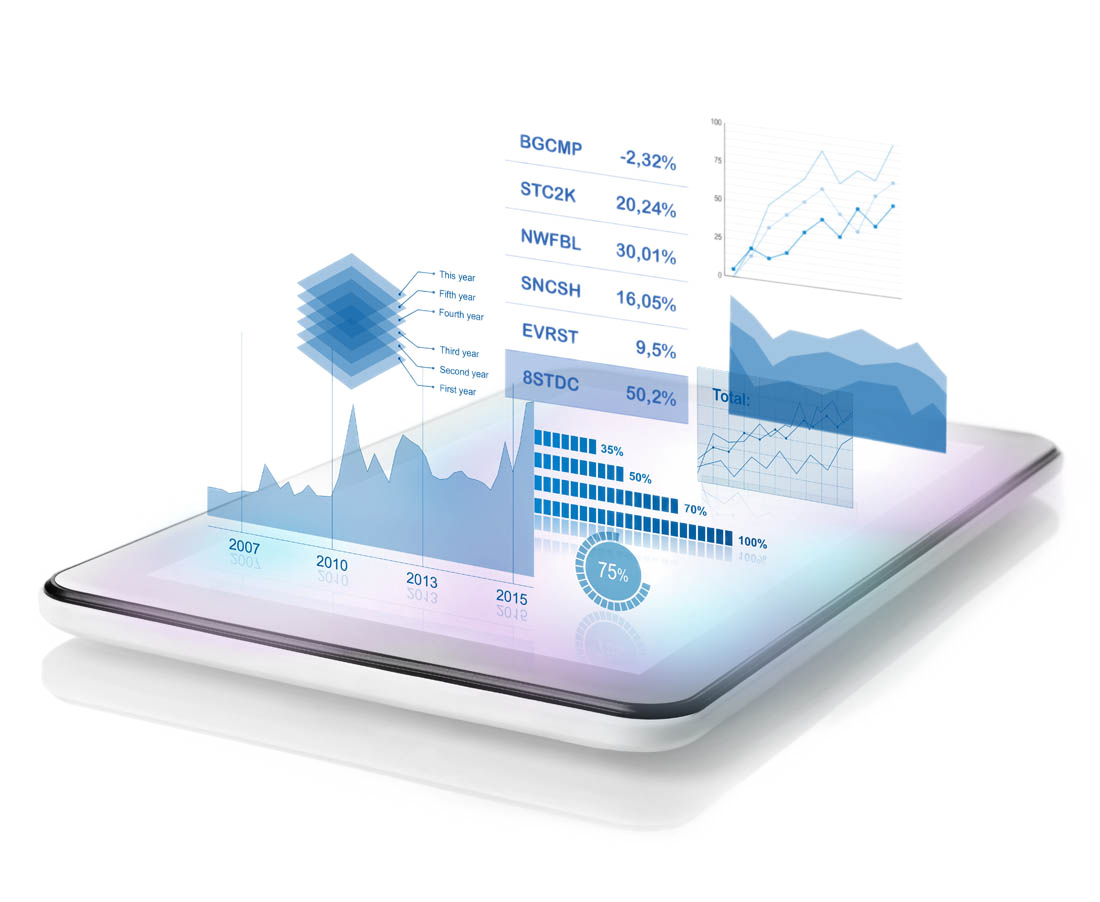Sejarah Transmisi Keilmuan ke dalam Bahasa Arab
Abstract
Arabic translation in Islamic history played an important role in connecting the civilization of the Arab world with ancient knowledge and foreign cultures. From the time of the Prophet Muhammad to the time of the Ottoman Empire, the translation of science and philosophy was key in the development of science in the Islamic world. During the time of the Prophet Muhammad, the importance of mastering foreign languages and communication with non-Arab communities encouraged translation activities. The Prophet Muhammad himself sent letters to foreign kings and even translated the Koran. During the Umayyad era, the translation of Greek knowledge into Arabic began as a personal initiative of clerics. Furthermore, the Abbasid Daula, especially during the time of Caliph al-Ma'mun, witnessed a large-scale translation movement and the establishment of Bayt al-Hikmah as a translation center. During the Ottoman Empire, Islamic education initially experienced a setback, but Sultan Mahmud II reconstructed the education system, including the curriculum and teaching methods. This article emphasizes that individual hard work and political support in the scientific translation movement were important factors in the development of Islamic civilization. Further research can explore the role of translation in the context of Islamic education and the development of Islamic society today.
Copyright (c) 2023 Lailia Nuril Ilma

This work is licensed under a Creative Commons Attribution-ShareAlike 4.0 International License.
This journal provides immediate open access to its content on the principle that making research freely available to the public supports a greater global exchange of knowledge.

Komunika by http://ejournal.iainu-kebumen.ac.id/index.php/An-Nidzam/ is licensed under a Creative Commons Attribution-ShareAlike 4.0 International License
Authors who publish with this journal agree to the following terms:
- Authors retain copyright and grant the journal right of first publication with the work simultaneously licensed under a Creative Commons Attribution License that allows others to share the work with an acknowledgement of the work's authorship and initial publication in this journal.
- Authors are able to enter into separate, additional contractual arrangements for the non-exclusive distribution of the journal's published version of the work (e.g., post it to an institutional repository or publish it in a book), with an acknowledgement of its initial publication in this journal.
- Authors are permitted and encouraged to post their work online (e.g., in institutional repositories or on their website) prior to and during the submission process, as it can lead to productive exchanges, as well as earlier and greater citation of published work (See The Effect of Open Access).










1.png)


